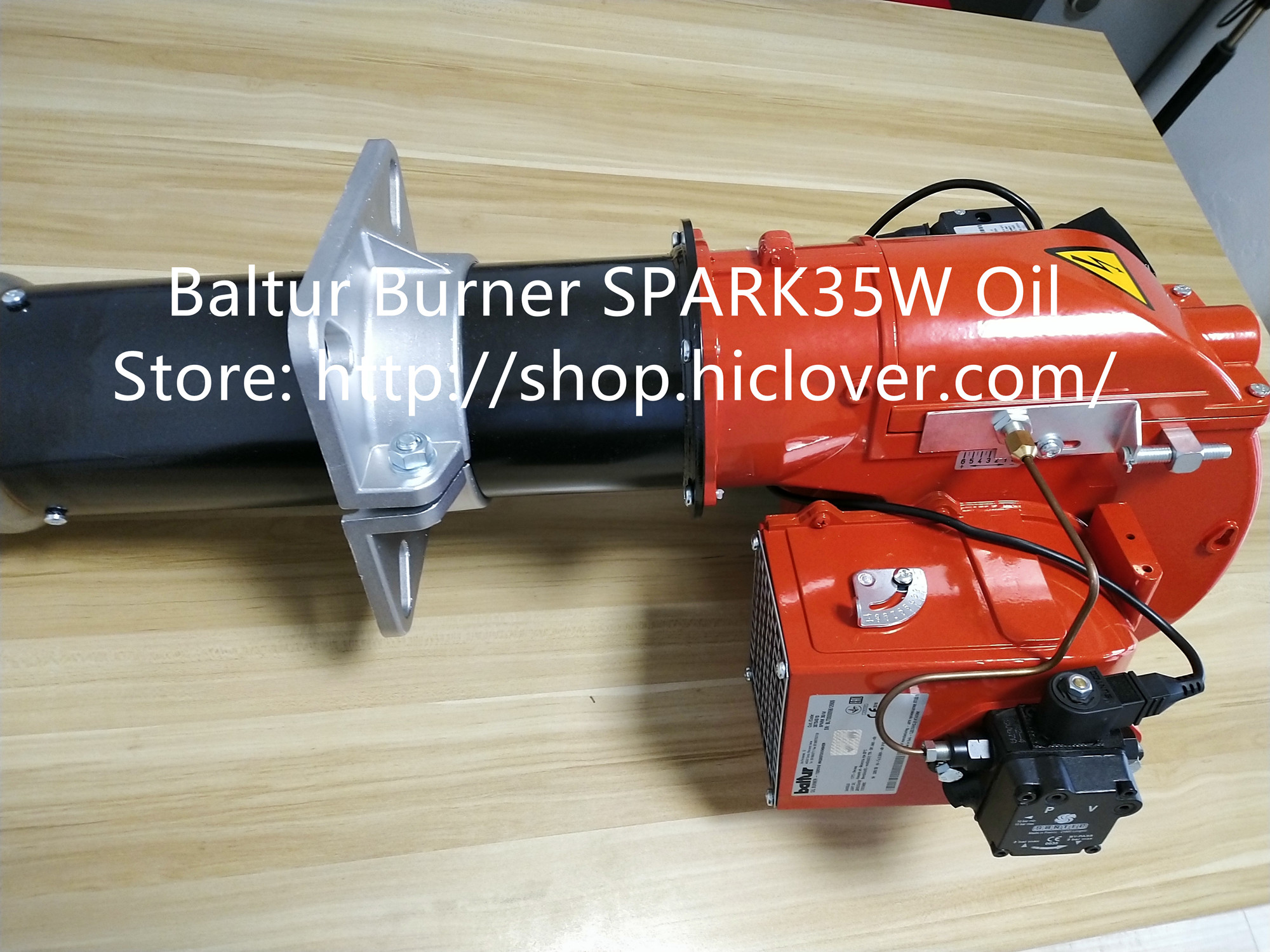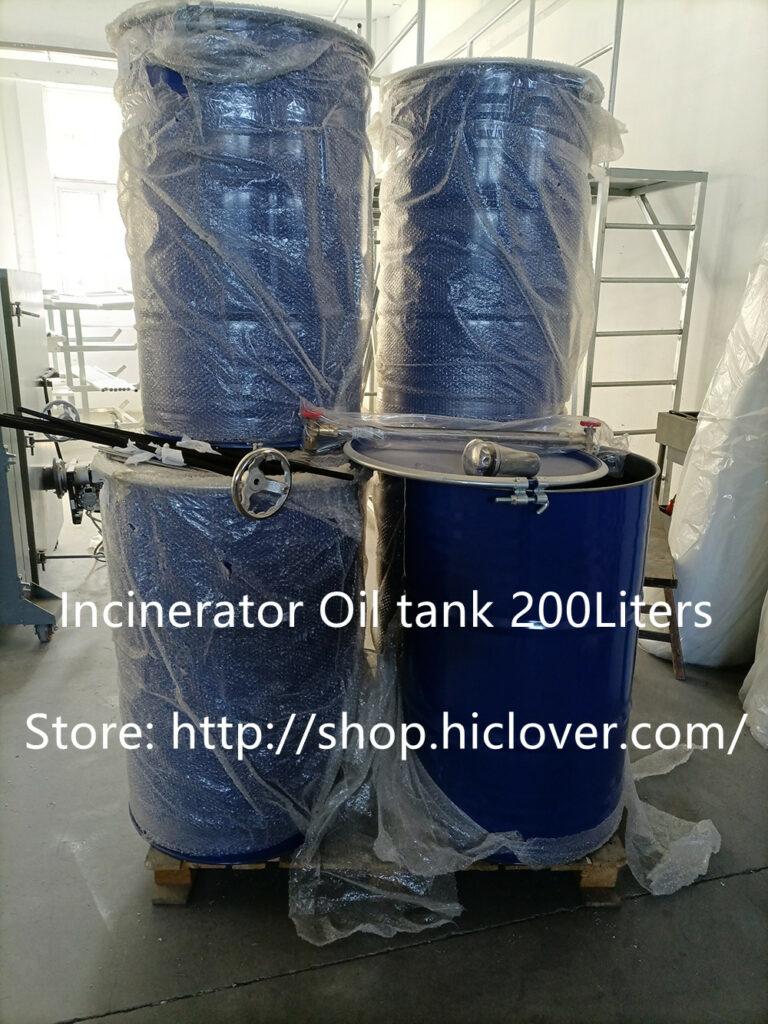When we think of incinerators, we often picture a large, imposing machine that burns waste with intense heat. While that image isn’t far from the truth, there’s much more to incinerator technology than meets the eye. Inside the furnace, there is a complex and meticulous process at work that allows for safe and efficient waste disposal.
Incinerators are designed to burn different types of waste, including municipal solid waste, biomedical waste, and hazardous waste. The main purpose of incineration is to reduce the volume of waste and eliminate any harmful substances before the remaining ash is disposed of.
The first step in the incineration process is the loading of the waste into the furnace. This is done using a system of conveyor belts and hoppers that ensure an even distribution of waste throughout the furnace. This is important for maintaining optimum combustion conditions and avoiding the formation of harmful by-products.
Once the waste is inside the furnace, it is subjected to extremely high temperatures, typically in the range of 850-1000 degrees Celsius. At these temperatures, the organic components of the waste are broken down into gases and vapors. These gases are then burned in the combustion chamber, where a controlled amount of air is added to ensure complete combustion.
One of the key components of incinerator technology is the use of advanced air pollution control devices. These devices are essential for capturing and neutralizing any harmful emissions that may be released during the incineration process. This includes the removal of particulate matter, heavy metals, and dioxins, which are some of the most harmful by-products of incineration.
One of the most common air pollution control devices used in modern incinerators is the electrostatic precipitator, which uses an electrical charge to remove particulate matter from the exhaust gases. Another important device is the flue gas scrubber, which uses a chemical process to remove harmful substances from the combustion gases before they are released into the atmosphere.
In addition to air pollution control, modern incinerator technology also includes sophisticated monitoring and control systems. These systems continuously monitor the temperature, pressure, and composition of the gases inside the furnace to ensure that the incineration process is carried out safely and efficiently. This allows for real-time adjustments to be made to the combustion process, ensuring optimal operating conditions at all times.
Despite the advances in incinerator technology, there are still challenges and concerns associated with the use of incinerators for waste disposal. One of the main concerns is the potential release of harmful emissions, such as dioxins and heavy metals, into the atmosphere. To address this, many countries have implemented strict regulations and standards for the operation of incinerators, as well as continuous monitoring and testing requirements.
Overall, incinerator technology has come a long way in recent years, and advancements in air pollution control and process monitoring have made it a much safer and more efficient method of waste disposal. With the right equipment and careful operation, incinerators can play a valuable role in reducing the volume of waste and minimizing the impact of harmful substances on the environment.



